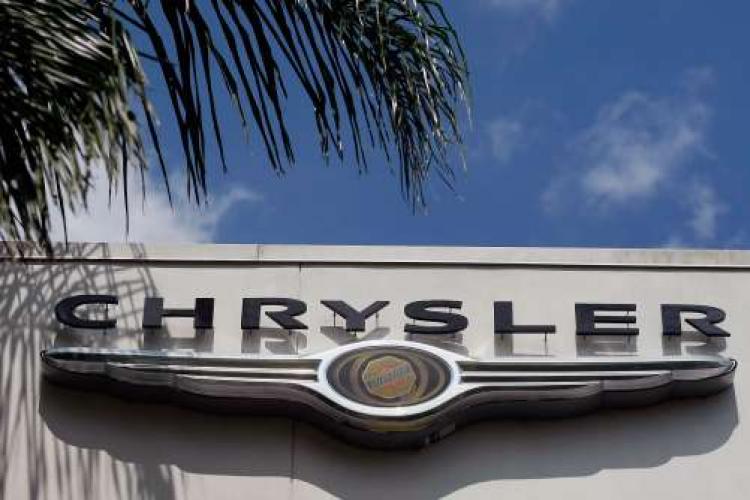Italian automaker Fiat S.p.A. completed its acquisition of Chrysler LLC’s most valuable assets on Wednesday, ensuring the survival of the 84-year old American icon previously on the brink of liquidation.
The deal clears the way for Chrysler to exit bankruptcy and resume operations as a new company.
The U.S. Supreme Court denied a last-minute attempt by an Indiana state pension fund to delay Chrysler’s bankruptcy proceedings, granting the asset sale and approving the fast-track bankruptcy reorganization sought by the Obama Administration and company officials.
The new company will begin operations as Chrysler Group LLC, to be led by Fiat CEO Sergio Marchionne. Current CEO Bob Nardelli will step down in the near future, the company said.
Fiat will hold an initial minority stake of 20 percent in Chrysler, which could go up to 35 percent, and take over the day-to-day operations and decision making of the company. The Voluntary Employees Beneficiary Association, a medical benefit trust fund of the United Auto Workers union, will gain majority ownership (55 percent) of the company.
The U.S. Treasury Department and the Canadian government own a combined 10 percent.
“Those Chrysler operations assumed by the new company that were idled during this process will soon be back up and running, and work is already underway on developing new environmentally friendly, fuel-efficient, high-quality vehicles that we intend to become Chrysler’s hallmark going forward,” Marchionne said in a company statement.
Chrysler filed for bankruptcy reorganization on April 30. Detroit rival General Motors Corp. is currently undergoing a similar bankruptcy procedure.
New Look Chrysler?
Acquiring Chrysler was a key piece of Marchionne’s vision of creating a major player in the global automotive marketplace. While the German government blocked Fiat’s attempted acquisition of GM’s European assets, the Fiat-Chrysler tie-up nevertheless creates the world’s sixth-biggest automaker.
Most analysts expect the Fiat-led Chrysler to perform better than the company under Daimler AG’s ownership. Some reports say that Fiat is considering scrapping the Chrysler brand of cars, SUVs, and minivans to sell only three brands of vehicles in the United States—Fiat, Dodge, and Jeep.
“As part of the alliance, Fiat will contribute to Chrysler its world-class technology, platforms and powertrains for small- and medium-sized cars, allowing the company to offer an expanded product line including environmentally friendly vehicles increasingly in demand by consumers. Chrysler will also benefit from Fiat’s management expertise in business turnaround and access to Fiat’s international distribution network with particular focus on Latin America and Russia,” a joint Fiat-Chrysler statement said.
The alliance will enable Chrysler to quickly use Fiat technology to build smaller, more eco-friendly vehicles in the United States slated for model year 2012, which could place Chrysler ahead of its U.S. rivals in transitioning to a more fuel-efficient model lineup.
But some experts aren’t entirely sold on the benefits for Fiat, given inherent cross-border complexities for integration.
“Size certainly leads to increased revenues, which helps justify exorbitant managerial pay,” says Robert Salomon, a professor at the Stern School of Business at New York University. “But given the organizational complexities that go hand in hand with size, size does not always translate into increased profitability.”
Salomon doubts Fiat’s ability to achieve enough synergies to make Chrysler profitable quickly, given the disparity of stakeholders such as unions, governments, suppliers, and customers in different markets.
“I am less sanguine” on the viability of the deal, Salomon said.






